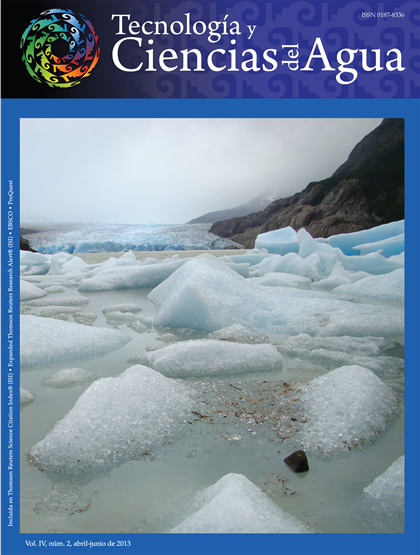Excitation direction effect on the seismic response of concrete faces of rock-fill dams
Keywords:
concrete face rock-fill dams, concrete slab joints, interface elements3D numerical modeling, finite-differenceAbstract
Dynamic analyses of concrete-faced rock-fill dams (CRFDs) were performed with a threedimensional finite difference program. These models are symmetrical in both directions along the axis of the river channel and the axis of the dam. The concrete face is divided into vertical panels with construction joints (vertical joints) between them. There is also a jointbetween the concrete panels and plinth (perimeter joint), and between the slab and rock fill (transitional joint). These contacts were modeled numerically with an interface element based on the distinct element method, after evaluating static and seismic behaviors using experimental sliding rigid block tests. The excitation direction effect is evaluated mainly
in terms of concrete slab stresses, openings and shear displacements of joints. The results point out the importance of the seismic component in the direction of the axis of the dam to the dynamic evaluation of this kind of dam in high-risk seismic zones, and therefore the use of a three-dimensional dynamic model. In addition, the effect of foundation stiffness on the seismic response of the concrete face was studied, showing that when the foundation material is about 40 times more rigid than the rock fill embankment, the numerical model does not need to include both the valley and the dam.
Downloads
Published
2013-05-03
How to Cite
Sarmiento-Solano, N., & Romo-Organista, M. P. (2013). Excitation direction effect on the seismic response of concrete faces of rock-fill dams. Tecnología Y Ciencias Del Agua, 4(2), 91–111. Retrieved from https://revistatyca.org.mx/index.php/tyca/article/view/355
Issue
Section
Articles
License
By Instituto Mexicano de Tecnología del Agua is distributed under a Creative Commons Attribution-NonCommercial-ShareAlike 4.0 International License. Based on a work at https://www.revistatyca.org.mx/. Permissions beyond what is covered by this license can be found in Editorial Policy.









